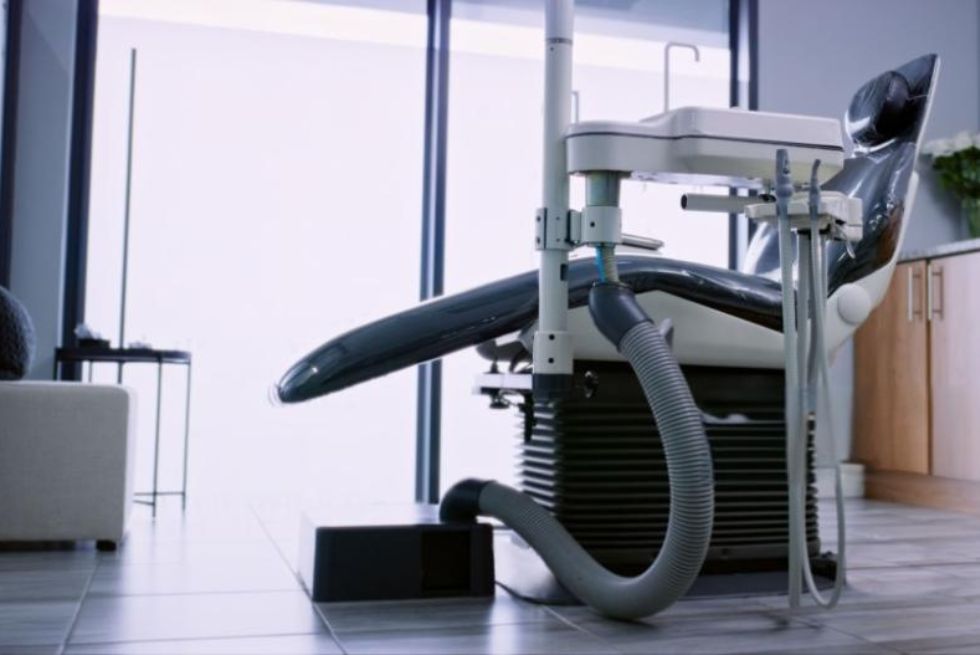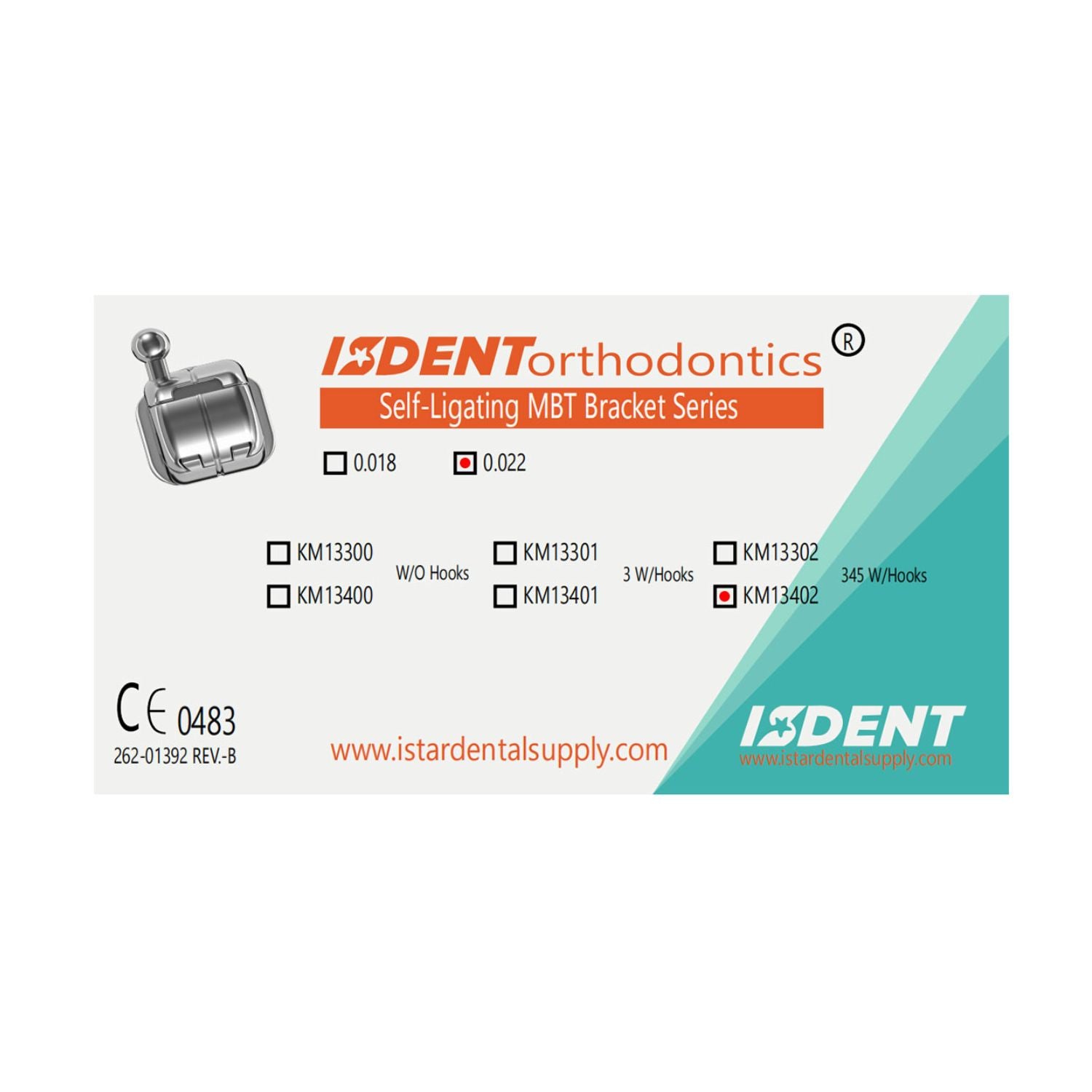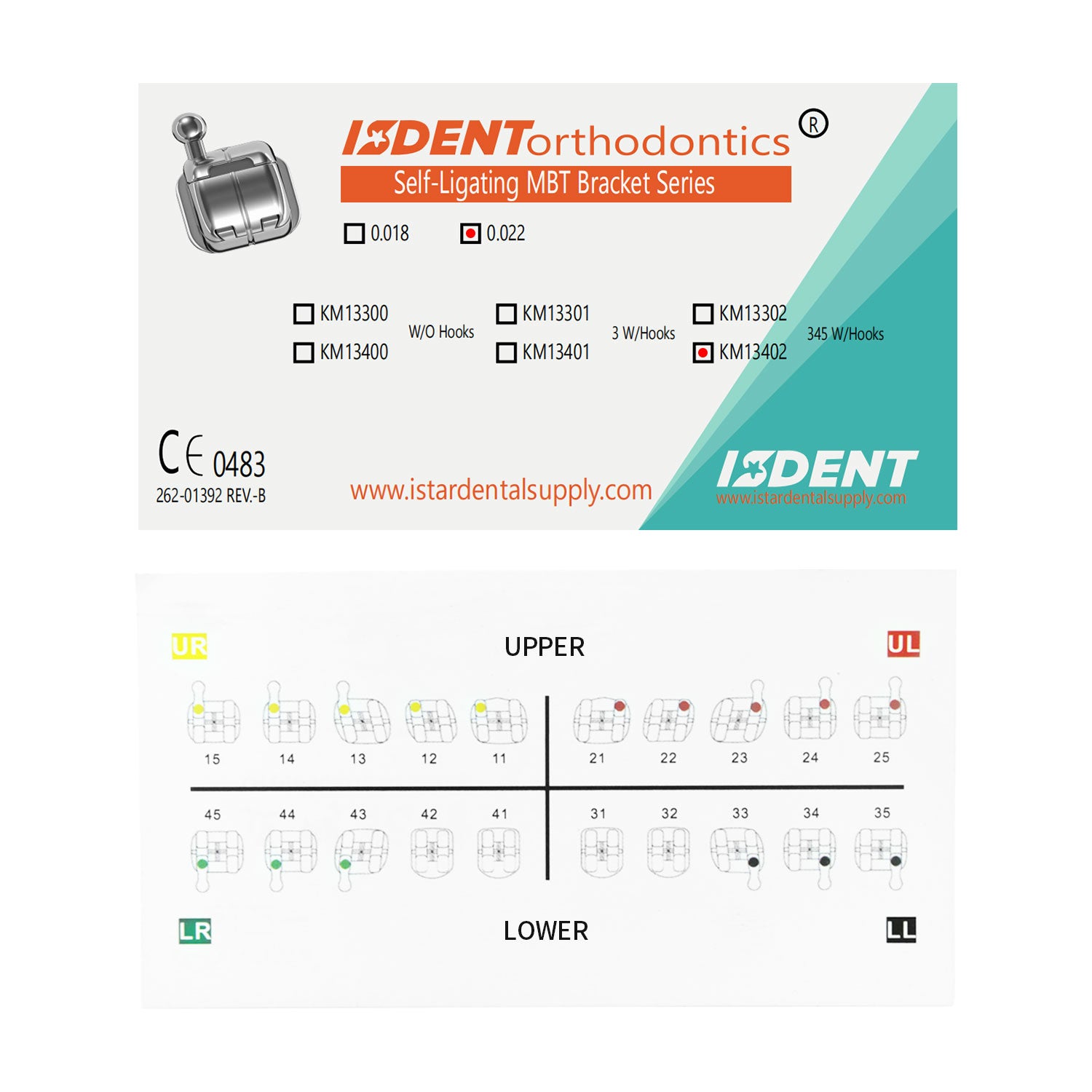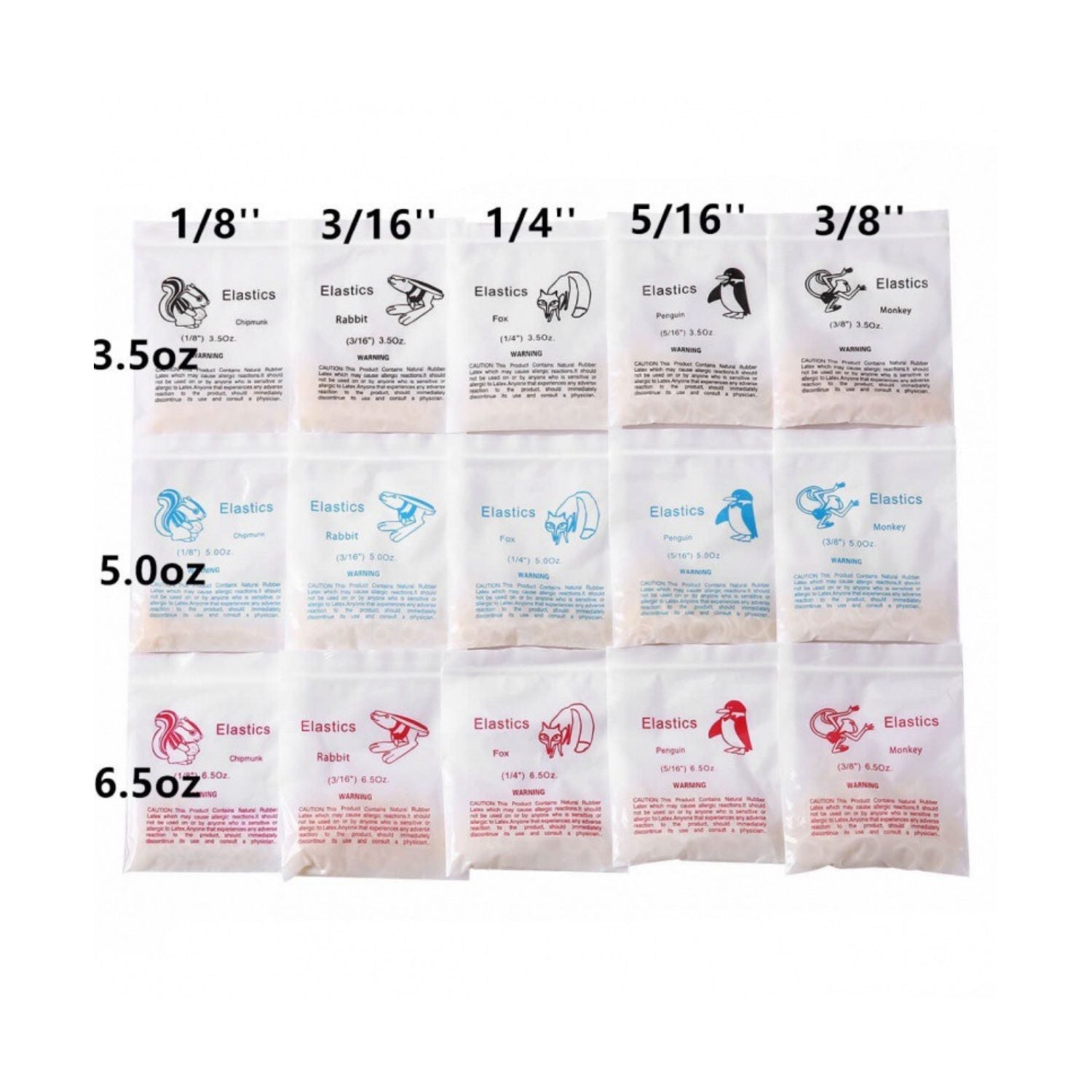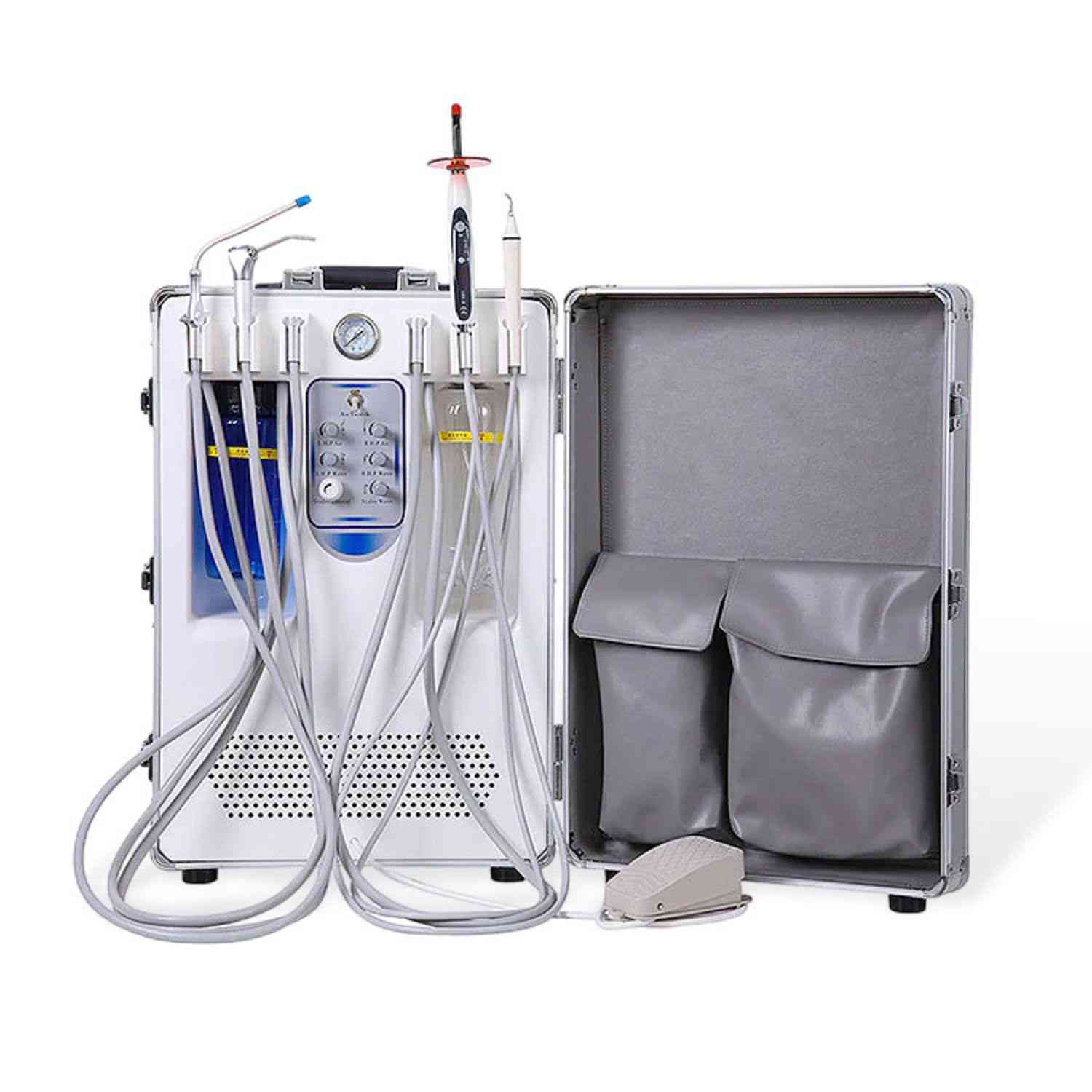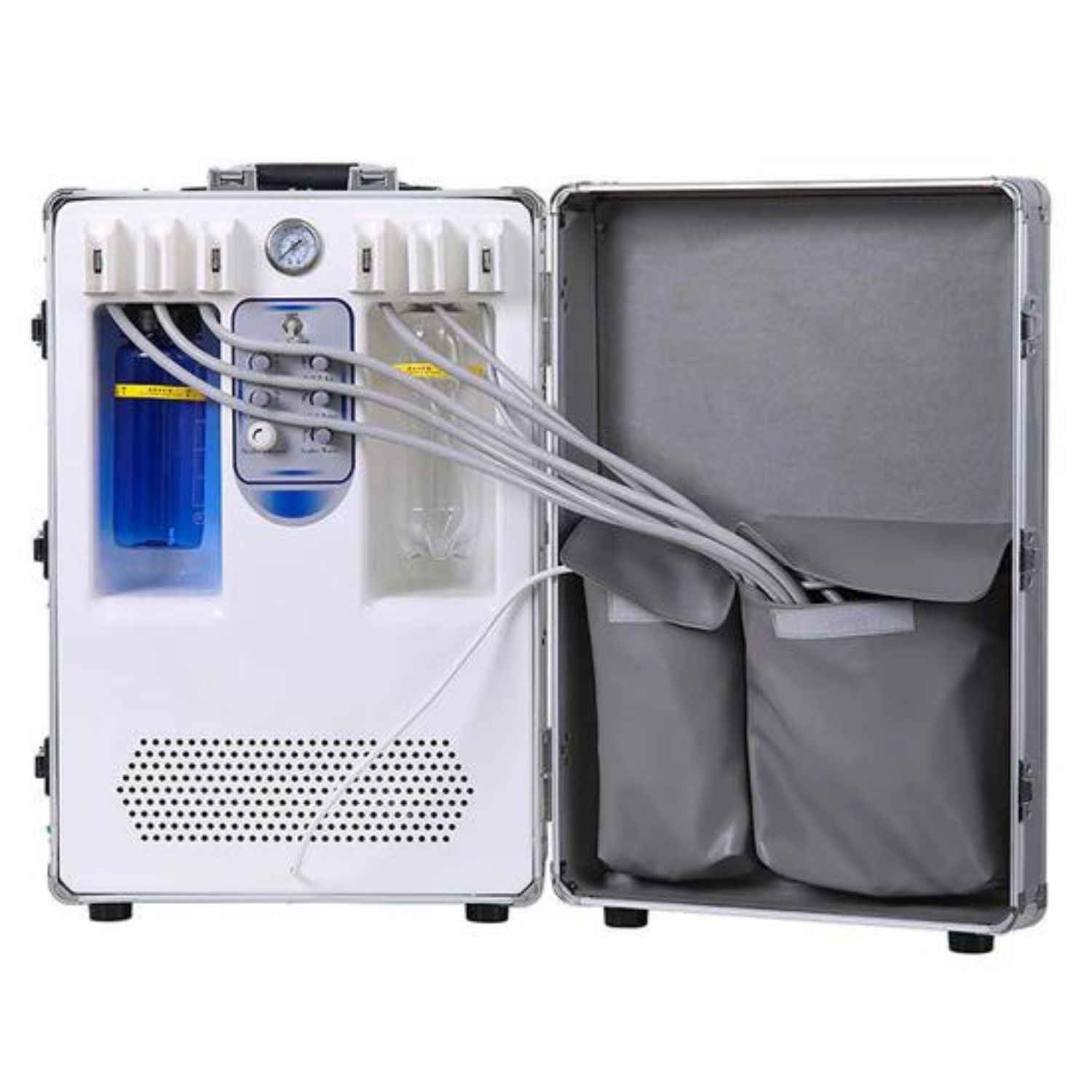Suction Line Maintenance: Secure Your Dental Practice
When running a modern dental practice, dental suction lines maintenance is one essential cornerstone to successful patient care and efficient operations. A reliable system that remains clean and properly disinfected ensures that your clinic can handle any case—from routine cleanings to advanced dental procedures—all while preventing costly downtime. In this comprehensive article, we’ll delve into line maintenance strategies, best practices for your dental evacuation system, and how ISTAR Dental Supply can help you streamline practice workflow. By the end, you’ll see how a focus on clean lines can save you thousands, safeguard your equipment, and maintain a safe, infection-free environment for patients and staff.

1. Suction Lines: Why They Matter
Attention
Imagine performing an intricate procedure only to realize your vacuum flow is compromised by a jam in your tubing. This problem can create a chaotic scenario, halting your dental procedures and inconveniencing both your dental team and patients. Suction lines are critical conduits that channel fluids, debris, and amalgam waste out of the mouth quickly and efficiently.
Interest
Here’s a snapshot of why suction lines are so vital:
- They maintain clear visibility by swiftly removing saliva, blood, and other materials.
- They keep your operatory environment safe by minimizing potential cross-contamination risks.
- They prevent time-consuming blockages during complex operations, helping you stay on schedule.
On the contrary, sloppy line maintenance can lead to a host of issues, from microbial buildup to mercury contamination if amalgam particles are not properly filtered.
Quote: “Every dental facility needs to clean evacuation lines at the end of each clinical day to remove debris build-up and ensure proper suction flow.” – Industry Guidance
2. Clean as a Daily Priority
In a dental facility, you have many obligations competing for attention—patient care, administrative tasks, staff training, and so forth. However, if you don’t clean your dental vacuum lines consistently, you risk chemical clogs and mechanical malfunctions that could hamper your productivity and tarnish your reputation.
Daily Cleaning
It’s best to clean all suction lines at the end of each day:
- Flush each line with a suitable cleaner to remove residual debris.
- Rinse thoroughly with water to remove chemical remnants before the lines sit idle overnight.
- Confirm that all fluid has drained from the tubing to prevent stagnation.
Once-a-day protocols sound simple, but even that minimal effort can drastically reduce the chance you’ll wake up to a major blockage. Skimping on the basics might save a few minutes now, but when you factor in lost downtime and potential dental repair bills, the cost is far higher.
Why You Need to Clean
You need to clean the vacuum lines because leftover debris can calcify or clog the lines, eventually leading to poor fluid suction and potential breakdowns. Disinfection also diminishes bacterial content that could linger in hidden crevices, significantly lowering the risk of spreading pathogens.
3. Dental: Materials and Waste Removal
Dental offices handle a variety of substances daily, from blood and saliva to dental amalgam and amalgam capsules. Your tubing sees it all pass through. But if the lines aren’t well-maintained, you can end up violating environmental regulations or facing internal practice hazards. Even hygienist tasks can produce large volumes of waste, especially in hygiene treatment rooms.
- Amalgam disposal: Traditional waste lines can also contain amalgam particles, which present a risk of mercury leakage if not managed correctly.
- Dealing with debris: Additional debris can accumulate and reduce line diameter, limiting efficiency.
- Suction lines should be disinfected daily to prevent microbial colonization.
An organized approach to cleaning and disinfecting is imperative. If you do it properly, you won’t just protect the environment—you’ll be fulfilling your obligations to patients and staff.
4. Evacuation System: The Backbone of Your Operations
The evacuation system in your clinic is the critical infrastructure that supports multiple lines and ensures continuous high-volume or low-volume suction lines flow. Here’s a brief look at why this system is one of the most pivotal pieces of equipment in the entire office:
- Fluid Handling: The entire process of removing bodily fluids hinges on a fully functional evacuation system.
- Comfort: Enhanced suction means minimal pooling in the mouth, elevating patient experience.
- Hygiene: Without a reliable evacuation system, stagnant wastes can linger, becoming vectors for pathogens in the operatory.
Choosing the right system also entails verifying that any disinfectants are compatible with your device to avoid corrosion of metal components. Many offices adopt specialized solutions that are tested for compatibility to prevent chemical breakdown over time.
5. Dental Evacuation System: Steps to Consistency
Interest
A dental evacuation system is your ally—but only if you manage it properly. Lackluster protocols, especially if staff forget to disinfect lines each day, can lead to partial or full vacuum failure.
Daily Consistency Tips
- “Suction and eventual” Rinse Cycle: Use an evacuation system cleaner geared toward dissolving debris and protein buildup at the end of each day. This ensures minimal residue by the time you lock up.
- Secondary Check: Once or twice a week, run an additional clean cycle with a specialized bio-pure or enzymatic product, especially for high-traffic lines.
- Monitor Pressure: Abnormal suction pressure can signal partial clogs. If you notice performance dips, identify and remedy them before a meltdown occurs.
The Role of Evacuation System Cleaner
Evacuation system cleaner products are specifically formulated to loosen hardened or sticky deposits without harming your tubing. Some bio-pure solutions even rely on biodegradable enzymes, giving you a safer approach to clean your lines. Regular use keeps your evacuation line in stellar shape.

6. Trap Changes: Preventing Clogs and Buildups
Among the intricate facets of dental vacuum systems, the trap is often overlooked despite its importance. This small yet indispensable component captures amalgam particles, bits of tooth, and other debris from the tubing that would otherwise create blockages downstream.
Routine Replacement
A full or partially obstructed trap restricts suction power and can lead to more serious blockages. You also want to be mindful of used suction traps. A waste remover should dispose of the traps responsibly. Many offices rely on disposable suction traps, which simplify daily or weekly changes.
Amalgam Separator
An amalgam separator is another recommended piece of gear for capturing metals in your system. If you have an office’s amalgam separator, it’s crucial to maintain it so it doesn’t overflow with amalgam. The combination of a well-fitted trap and a robust separator helps reduce contamination risks, including mercury concerns.
Case Study
After implementing a more frequent trap change schedule and calibrating its amalgam separator, a busy practice saved over $5,000 in avoided dental repair costs in one year, simply by preventing vacuum breakdowns.
7. Dental Practice Workflows That Minimize Interruptions
Part of effective suction line maintenance is adopting workflows that allow your staff to keep lines pristine without slowing down the day’s treatments. Overly complex routines may discourage staff from thorough cleaning, breaking your infection-control protocol.
Desire
Everyone wants a streamlined practice. Delivering top-tier dental care in a calm, efficient environment makes employees happier and fosters patient loyalty.
- Protocol Clarity: Clarify how and when to clean lines. If multiple people handle these tasks incorrectly, confusion can breed mistakes.
- Training: Provide in-depth training to each new hygienist and assistant on cleaning, shock treatments, and disinfection cycles.
- Equipment: Outfitting your facility with the right supporting equipment—like an Ultrasonic Cleaner Dental for instrument care and a sturdy Dental Cart for easy movement—ensures your staff can clean quickly between appointments.
ISTAR Dental Supply offers a variety of specialized solutions for every dental workflow. From advanced Dental Unit setups to powerful Dental Suction systems, we design equipment that streamlines your everyday tasks.
8. Backflow Risks: How to Address Them
Backflow is a scenario where fluid flows backward into the patient’s mouth—or further up the line—due to a drop in vacuum pressure or because patients close their lips too tightly around the saliva ejector. The centers for disease control (CDC) specifically cautions practitioners against instructing patients to close their lips tightly around the suction tip, as it may worsen backflow.
Methods to Mitigate Backflow
- Adjust the Angle: Minimize how often you ask patients to form a complete seal.
- Backflow Prevention Mechanism: Some suction system designs come with advanced valves that mitigate reverse flow.
- Routine Testing: After daily cleaning, do a quick test to confirm normal suction.
When patients to close their lips is unavoidable, ensure your evacuation system has robust safety mechanisms. Encouraging staff to be vigilant will cut down on potential cross-contamination events.
9. Suction System Essentials: Proper Maintenance and Beyond
Desire
The entire suction system is a complex network of hoses, valves, and containers that work in unison to provide continuous, high-flow vacuum power. Proper maintenance keeps everything in sync, extending longevity and lessening the chance for unscheduled breakdowns.
-
Suction Lines in the Hygiene Department
- In hygiene areas, the emphasis is on managing prophylaxis paste, water, and saliva. These can still clog the lines if neglected.
- Low-volume suction lines are more prone to slower flow, so keep them incredibly clean.
-
High-Volume Suction Lines
- Particularly important in advanced dental procedures such as oral surgeries or heavy restorative work.
- Because of the higher capacity, strong daily or weekly flush routines keep the lines working at peak efficiency.
-
Bio-Pure for a Thorough Clean
- Bio-pure has gained popularity for successfully breaking down biofilms.
- These products have also proven excellent at dissolving hardened organic matter without damaging the tubing.
Sable Industries Inc—a leader in hygiene and suction solutions—recommends consistent schedules to keep vacuum lines since neglected lines build up residue that’s harder to remove later. Deeper knowledge from each manufacturer helps you clean or disinfect effectively.

10. Clean Suction Lines: A Step-By-Step Overview
Action
At this point, you may be asking how to systematically clean suction lines. Below, we’ve broken down a core regimen into everyday tasks that can be easily integrated into any day’s schedule.
Step 1: Gather Your Supplies
- 32oz cleaner specifically labeled as compatible with the evacuation system.
- Warm water for an initial rinse.
- Collection container for disposable suction traps or other items needing disposal.
- Protective gloves and eyewear.
Step 2: Perform Initial Flush
- Flush the lines with water. This helps remove loose debris from the tubing.
- Gently encourage the patient (if you’re doing it between appointments) not to form a tight seal if they must use a saliva ejector.
Step 3: Apply the Evacuation System Cleaner
- Carefully pour the evacuation system cleaner into the system, following the product instructions.
- Although diluted solutions are common, always confirm the recommended ratio to avoid a cause a reaction with leftover chemicals.
- Let it sit for the suggested contact time, typically a few minutes.
Step 4: Secondary Rinse and Trap Check
- After initial infiltration, run another water flush to push out both the cleaner and loosened buildup.
- Remove the trap. Inspect for large chunks of debris or amalgam particles. Do not forget to check if you have lines used for the saliva ejectors that may bring in more sludge.
- If used suction traps are full, discard in the appropriate container. A waste remover should dispose of them in compliance with local laws.
Step 5: Final Disinfection
- Disinfect thoroughly, ensuring you apply a solution proven safe for the lines. If the product is chlorine-based, verify you have chlorine-based products that won’t degrade the system.
- Once everything is clear, confirm that you’ve dried the lines enough to prevent pooling.
Pro Tip: Keep your cleaners at a stable temperature around 80 C 5.00 to 80 C 4.5 or at room temperature. Many can degrade if placed in environments outside recommended ranges. And watch the product size—for example, a 32oz cleaner is a popular choice for daily usage.
Visual Table of a Line Maintenance Schedule
| Time of Day | Action | Notes |
|---|---|---|
| Morning (Start of Day) | Quick check of lines | Confirm no overnight blockages |
| Midday (Between Patients) | Light flush or rinse | Particularly after messy procedures |
| End of Each Day | Full routine with cleaner and disinfection | Check traps, replace if needed, dispose of the traps responsibly |
| Weekly/Monthly (as recommended) | Shock treatments with an enhanced product | Ensure deeper breakdown of biofilm |
This schedule ensures you always keep a finger on your vacuum system’s pulse, staving off unexpected failures.
FAQs
How frequently should I perform line maintenance to prevent cross-contamination?
At minimum, conduct daily cleaning. Perform a deeper shock treatments routine weekly or monthly, especially in busy environments or hygiene treatment rooms.
Do low-volume suction lines used for the saliva ejector need extra care?
Yes. Low-volume suction lines used for routine procedures or prophylaxis can breed tighter blockages. Always include them in your morning checks and apply the same proper cleaning schedule as high-volume lines.
Is it safe for patients to close their lips around the saliva ejector tip?
The cdc and many guidelines caution that if a patient close their lips fully, it might trigger backflow. If you see them forming a tight seal with their lips around the tip, gently instruct them to release the pressure.
Can I mix different chemicals to clean or disinfect the suction lines?
Avoid combining any chemicals unless the manufacturer specifically approves it. Some chemicals might cause a reaction, leading to unexpected precipitation, foam, or even damage to the tubing.
Any tips on disposing of amalgam waste?
Use an amalgam separator and ensure a reliable disposal process. This typically involves collecting the metals in a container and having an authorized waste remover should dispose of them. This tactic also prevents mercury pollution.
How do I store the cleaner properly?
Most solutions recommend not to exceed 80 C 5.00 or 80 C 4.5 (rough equivalents in Fahrenheit may apply) and keep them in a shaded, stable location. Make sure your disinfectants are compatible with your dental evacuation system to avoid damage.
Key Takeaways
- Suction lines are vital to an efficient dental workflow, ensuring fluids and debris are removed promptly.
- Regular clean protocols—including line maintenance, daily rinses, and disinfection—prevent blockages and breakdowns that can disrupt procedures and end up costing you big money.
- A robust dental evacuation system relies equally on the correct cleaner, proper maintenance, and conscientious staff practices.
- Changing the trap frequently and using an amalgam separator helps catch harmful amalgam and debris.
- Watch out for backflow issues; encourage patients not to form an overly tight seal with the saliva ejector.
- Clean or disinfect the suction lines carefully to avert chemical incompatibilities, ensuring they are tested for compatibility.
- A consistent protocol will extend the lifespan of your vacuum tubing, reduce the risk of cross-contamination, and boost patient satisfaction.
- By focusing on strong dental suction line maintenance, you can save you thousands of dollars that would otherwise be spent on emergency repairs or lost downtime.
ISTAR Dental Supply: We’re here to help you maintain your dental suction lines at peak performance. From advanced Portable Dental Suction Unit designs to durable Dental Equipment solutions, we offer essential tools designed to optimize your evacuation system and keep your daily operations running smoother. Explore our product lines today to see how we can elevate your dental environment—and your peace of mind.

